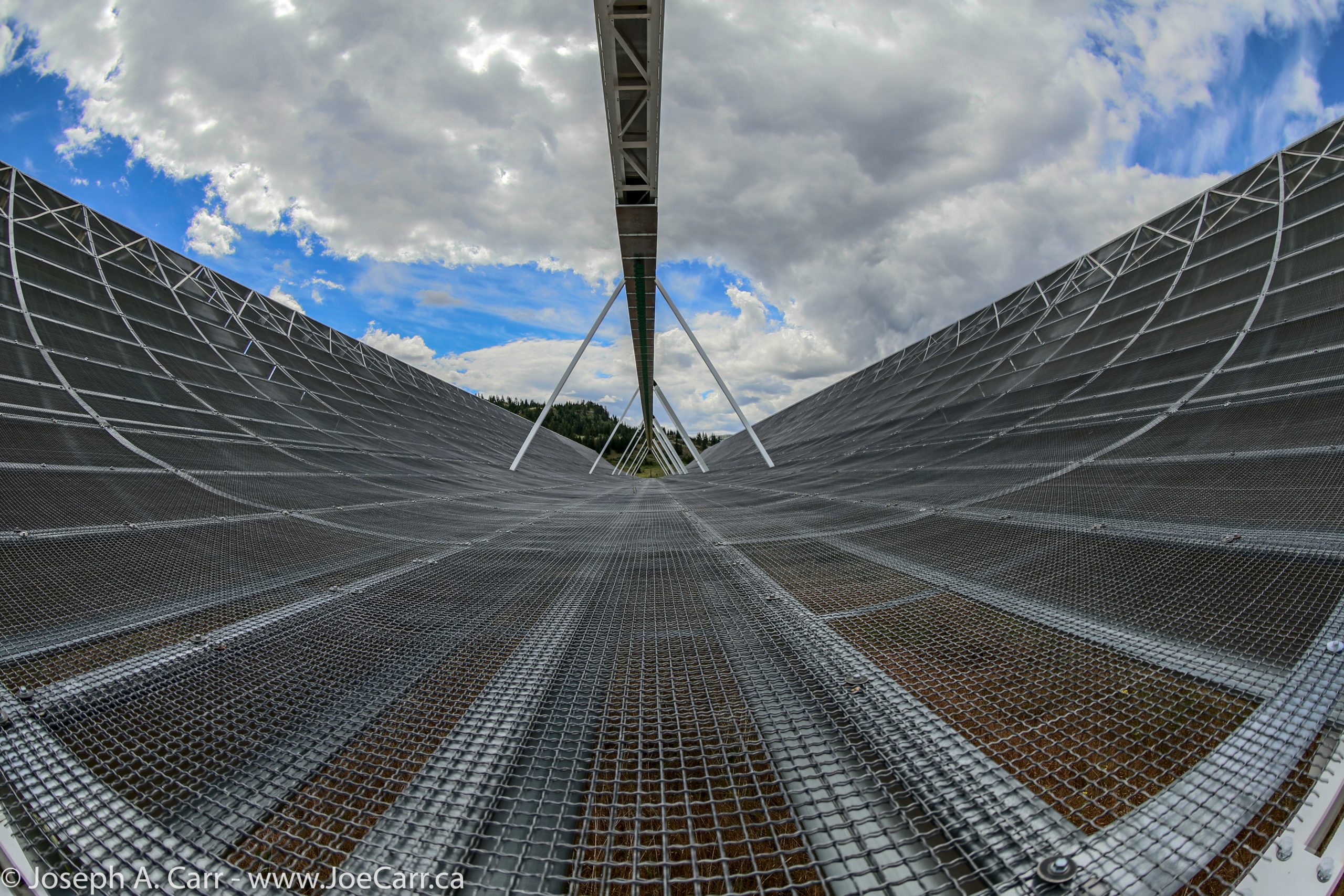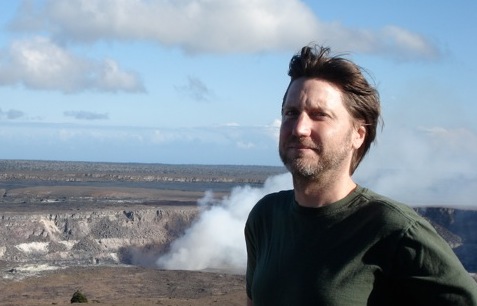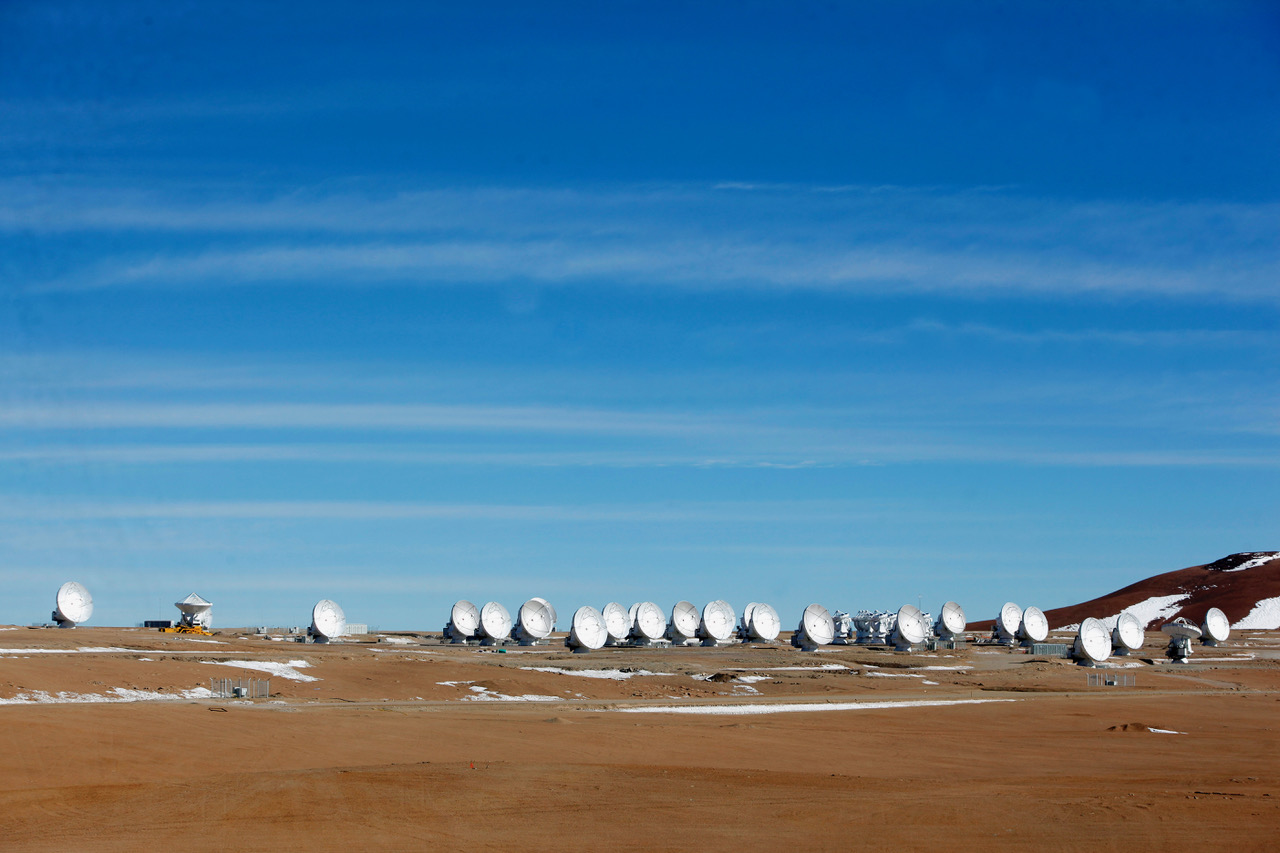Video transcript of meeting Next Astro Cafe – March 4th – none for the rest of February
Astronomy Cafe – Jan 22, 2024
Video transcipt of meeting
Revealing the Invisible Universe with Radio Telescopes – Dr. Jennifer West, NRC

Date/Time: Wednesday January 10, 2024 starting at 7:30PM Location: University of Victoria, Bob Wright Centre, Lecture Theatre A104. Park in Lot 1 (pay parking) and cross Ring Road. Radio astronomy has been around for nearly a hundred years. In that
Astronomy Cafe – Dec 4, 2023
Transcript video
Space-Based Far-Infrared Telescope – Dr Doug Johnstone

The Need for a Space-Based Far-Infrared Telescope – Dr Doug Johnstone, NRC Date/Time: Wednesday December 13th starting at 7:30PM Location: Bob Wright Centre, Lecture Theatre B150. Park in Lot 1 (pay parking) and cross Ring Road. Meeting video recording Far
Astronomy Cafe – Nov 20, 2023
Video transcript of meeting Next Astronomy Cafe on Nov 27th is a Swap ‘n Shop – bring your astronomy gear to sell, and bring cash to buy stuff!
Circumstellar disks – Dr. Brenda Matthews

“You can’t have one without the other: Circumstellar disks produce and are produced by planets” – Dr. Brenda Matthews, NRC Many people know that planets form in circumstellar disks around young stars, but did you know that planets later drive
Astronomy Cafe – Oct 30, 2023
Transcript video
Astronomy Cafe – Oct 23, 2023
Transcript video
Astronomy Cafe – Oct 16, 2023
Transcript video
